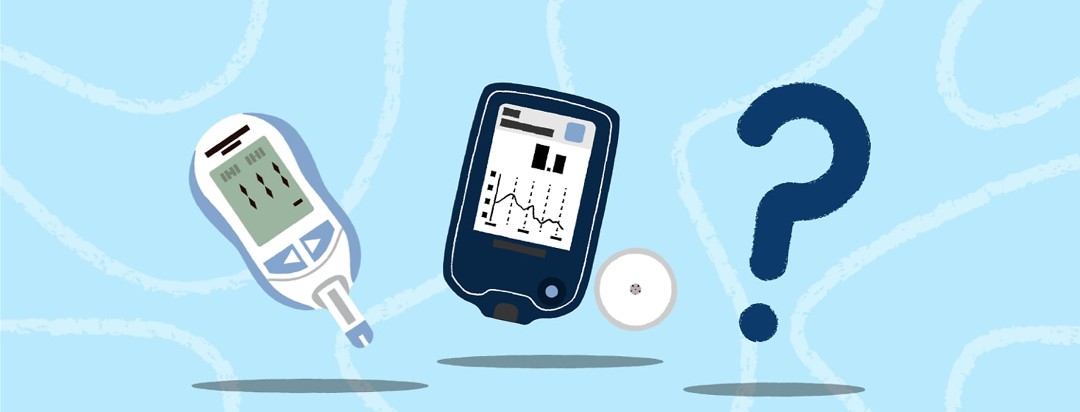The Future of Blood Glucose Testing
One of the more difficult and daunting facets of diabetes management is testing; knowing when to test, how often to test and just the pain of testing, are all burdens that diabetics bear. These may be antiquated by the advancement of technology. Continuous glucose monitors, also called CGMs, are fairly self-explanatory in their name. They stay with the patient, always monitoring the blood glucose levels in real-time. Aside from the convenience of this cyborg-esque technology, they might actually be the optimal solution.
What is a CGM and how does it work?
Continuous glucose monitors operate by a small wire or sensor that is implanted under the skin. This wire continuously tracks the blood glucose levels of a patient, oftentimes, sending the data to a smartphone or other device for the user to read. A single transmitter can last about a week, depending on the brand of CGM.
Advantages of CGMs
For those that have experienced self-testing, multiple times a day, there are clear benefits to this technology:
- The continuous monitor can send alerts if blood sugar is dropping too low or spiking too high.
- Removing the need to time testing and test multiple times a day, simplifies the responsibilities of a patient.
- Real-time reports of blood sugar reaction to foods, exercise, and other stimuli increases the predictability of diabetes.
However, there are two sides to each coin. In case, the “catch” is in the price. Such technology is not cheap, and it can be difficult to afford without health insurance. Even with insurance, not all plans will cover a CGM. Should they though?
If we consider the amount that a person with diabetes can learn about their condition from a CGM, then it could be considered both a support/education class and a testing material that replaces two other materials. The information gained from a CGM will also inform the patient about the nuances of their blood sugar, helping them to become more efficient with medication and other managements. One could certainly argue that this is a far better value, for both patients and insurance companies, over-time, as it provides excellent opportunities for complication prevention.
The challenges with CGMs
Aside from the price and lack of consistent coverage by insurance companies, there are some other obstacles that have been systematically identified:1
- Need for recalibration, not always calibrated properly.
- Lack of training and software for retrospective analysis of CGM data.
- Lack of guidelines for procedures regarding CGM use.
It’s important to note that these were issues identified in 2016 when the technology was newer. As we know, the growth of technology happens quickly, literally exponentially. Yet today, we still see the difficulty in access to CGMs even with new developments in both the tech and its applications.
Introducing flash glucose monitors
Some issues, such as cost and need for calibration, have been addressed by a new type of CGM, a flash CGM. These devices measure the sugar content of the interstitial fluid, rather than the blood cells themselves. This difference creates a slight delay in reading increases and decreases, accounting for differences between a fingerpick test and a flash reading.2 New technology like this is increasing the accessibility for continuous glucose monitoring to people with and without insurance, with affordable equipment.
The future of blood glucose testing
The self-monitoring of blood glucose can be an unwelcome chore. Aside from getting testing supplies, remembering to test and testing at consistent times can be a constraint on patients. There has been a worldwide pressure from diabetes patients to encourage research and development of CGM technology.3 The benefits of continuous monitoring are great, improving the quality of life and management for diabetics with access. It seems as though this is the direction that is preferred, compared to the antiquating testing strips and finger poke. As we know, supply follows demand, so we can expect to see more development in this field.

Join the conversation